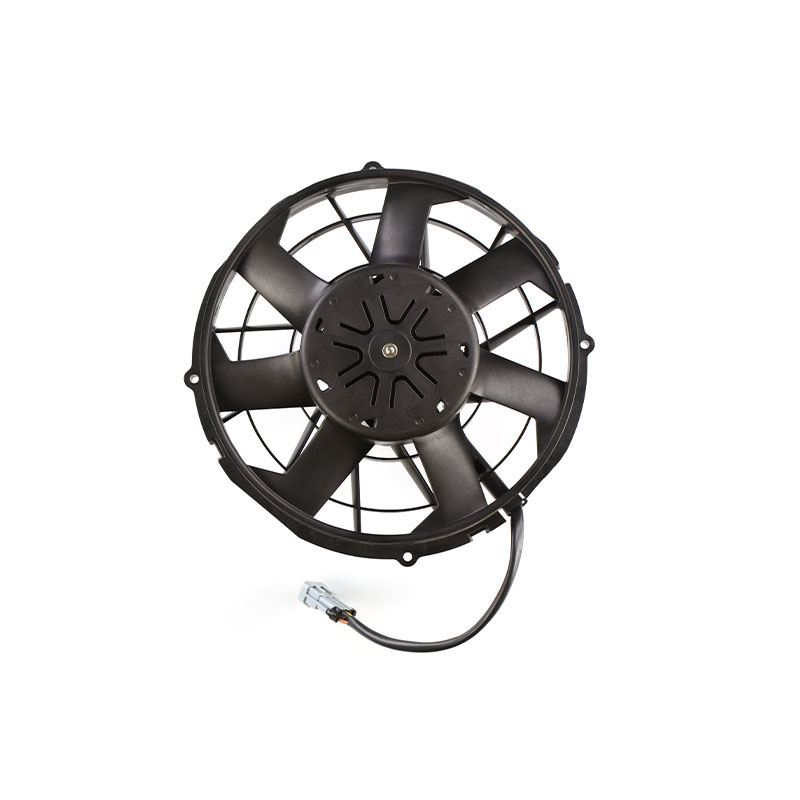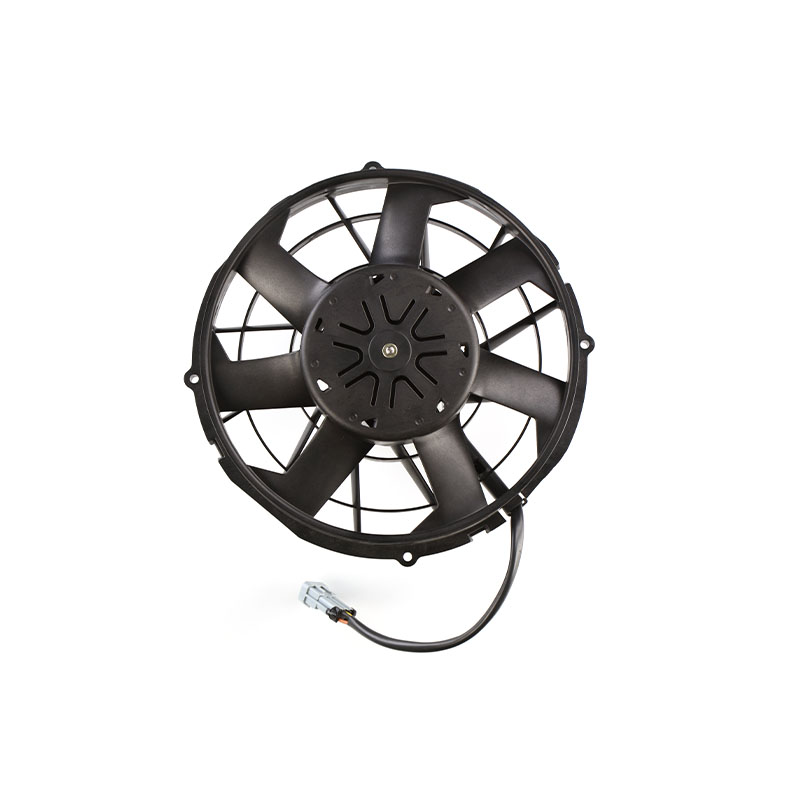Kontaktirajte nas
Vaša email adresa neće biti objavljena. Obavezna polja su označena *
Velika i aksijalni protok s Visokom Učinkovitošću i niskim udjelom na ventilatore s aksijalnim protokom transformiraju industrijsko hlađanje
Sep 25, 2025Povećavanje Učinkovitosti Hlađenja: ULOGA Ventilatora Radijatora Visokih Performans
Sep 18, 2025Visoke Performanse Zraka redefinira aksijalni ventilatori bez čatkica za hladnjaka
Sep 11, 2025IP68 DC Motori: RedefiniRJE PERFORKANSI U TESKIM OKRUJENIMA
Sep 04, 2025Zašto su aksijalni ventilatori bez chetkica izbor Za u Učinkovitu ventilaciju i hlađenje?
Jul 31, 2025EK Centrifugalni Obožavatatelji: UčinkoviTost I Performanse Objašljeni Su
Aug 29, 2025Centrifugalni Obožavatatenji DC Bez Četkeca: Sveobuhvatni Vodič ZA Odabir I Primdjene
Aug 20, 2025DC ventilatori za aksijalni protok bez četkica: sveobuhvatni vodič
Aug 11, 2025Automotivni DC Centrifugalni Obožavatatenji: Sveobuhvatni Vodič
Aug 04, 2025DC Motor ventilatora za hlađenje: jezgra pokretača učinkovitog rasipanja topline
Jul 24, 2025Elektromagnetska misterija puhala i njegove višestruke prakse primjene
Jul 17, 2025Kako motor ventilatora isparivača postiže učinkovito i pouzdano hlađenje?
Jul 08, 2025
Automotive DC Centrifugal Fans mainly adopt the following strategies to optimize the air flow path for efficient thermal management and heat dissipation:
1. Accurately design fan blades
Blade shape: The shape of the blade directly affects the efficiency of air flow and the thrust generated. Common blade shapes include straight blades, forward-swept blades, and swept blades. Each shape has its specific application and advantages. For example, swept blades can reduce air separation at the tip of the blade and improve the stability of Automotive DC Centrifugal fans at high speeds.
Geometric parameters: The geometric parameters of the blade include chord length, pitch, twist, etc. These parameters need to be accurately calculated and optimized according to the design requirements and expected performance of the fan. The chord length determines the thrust area of the blade, the pitch affects the air flow between the blades, and the twist is used to adjust the angle of attack of the blade at different radius positions to optimize aerodynamic performance.
Material selection: The material of the Automotive DC Centrifugal fans blades should have good mechanical properties, heat resistance and corrosion resistance. Commonly used materials include aluminum alloys, engineering plastics and composite materials. The choice of different materials will affect the performance parameters of the blades, such as weight, stiffness and strength.
Manufacturing process: The accuracy of the manufacturing process is crucial to the quality of the blades. Modern manufacturing processes such as CNC machining, 3D printing and injection molding can achieve high-precision manufacturing of blades. In addition, the blades need to be surface treated, such as spraying anti-corrosion coatings or anodizing, to improve their durability and aesthetics.
2. Optimize the fan housing and air duct design
Streamlined design: The fan housing and the surrounding air ducts adopt a streamlined design to reduce the resistance of air flow and enable air to enter and leave the fan smoothly.
Guide device: A guide device, such as a guide ring or a guide plate, is set at the inlet and outlet of the Automotive DC Centrifugal fans to guide the air to flow along a predetermined path and improve the heat dissipation efficiency.
3. Intelligent speed regulation and control system
Variable frequency control: Variable frequency control technology is used to automatically adjust the fan speed according to the actual cooling needs of the vehicle. Increase the speed when more cooling is needed, and reduce the speed when it is not, so as to achieve a balance between energy saving and efficient cooling.
Integrated sensors: Temperature sensors and other sensors are integrated inside or around Automotive DC Centrifugal fans to monitor the temperature of components that need cooling in real time and feed back signals to the control system so as to adjust the working status of the fan in time.
4. Collaboration with other cooling systems
Working in conjunction with radiators: Automotive DC centrifugal fans usually work in conjunction with cooling systems such as radiators to improve the efficiency of the entire cooling system by optimizing the layout and connection between them.
Combined with heat pipes and liquid cooling systems: In some high-end models, automotive DC centrifugal fans may also be used in combination with efficient cooling technologies such as heat pipes and liquid cooling systems to further improve the cooling effect.
5. Numerical simulation and wind tunnel testing
Numerical simulation: Numerical simulation methods such as computational fluid dynamics (CFD) are used to simulate and analyze the airflow field around Automotive DC Centrifugal fans to predict and optimize the air flow path.
Wind tunnel testing: The fan is actually tested in a wind tunnel laboratory to verify its heat dissipation effect and aerodynamic performance, and further optimization and improvement are carried out based on the test results.
Automotive DC Centrifugal Fans optimizes the air flow path through precise design of fan blades, optimization of fan housing and air duct design, intelligent speed regulation and control system, coordination with other cooling systems, and numerical simulation and wind tunnel testing to achieve efficient thermal management and heat dissipation.

Vaša email adresa neće biti objavljena. Obavezna polja su označena *
Zhejiang Nicety Electric Machinery Co., Ltd. specijalizirana je za proizvodnju četiri serije proizvoda: elektronički ventilator kondenzatora, ventilator hladnjaka (spremnika za vodu), puhalo i sklop klima uređaja. Profesionalna proizvodnja američkih, europskih, japanskih, korejskih i domaćih marki DC aksijalni ventilatori za automobile.
Email: [email protected] / [email protected]
Tel: +86-0578-7125439 / +86 181 0658 9231
Address:No. 98, Guangda Street, Jinsha Industrial Zone, Longquan City, Zhejiang Province, Kina